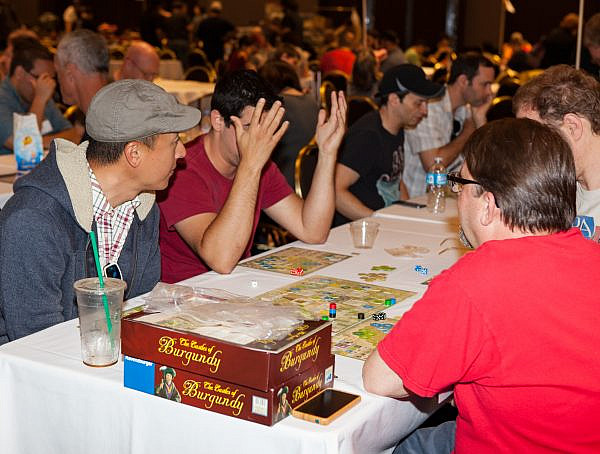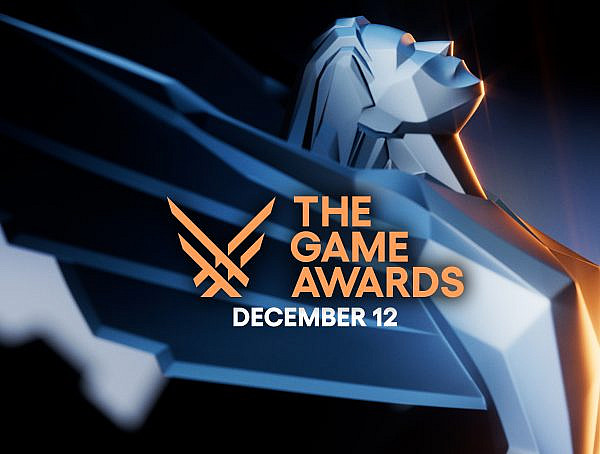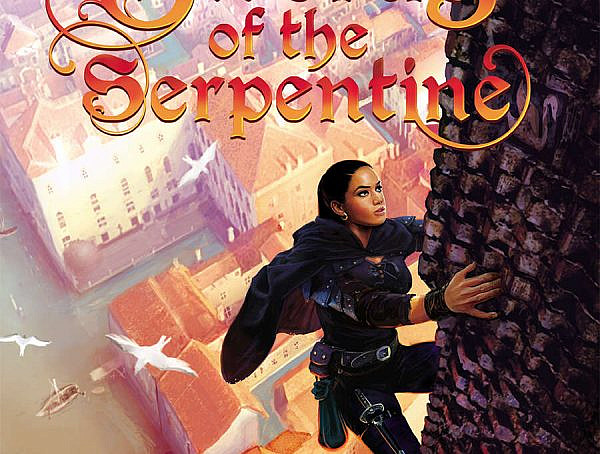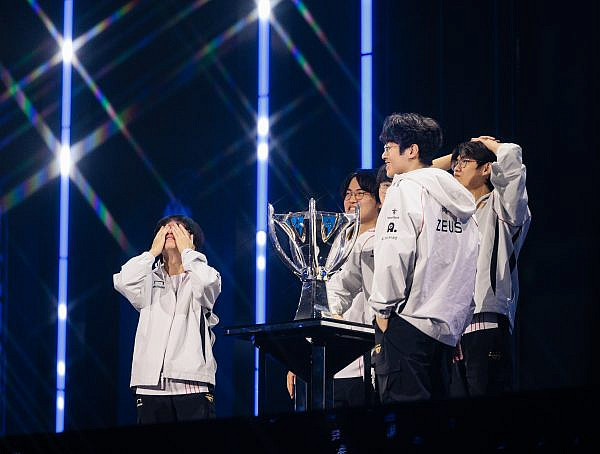1. INTRODUCTION
Gaming culture is seen traditionally very masculine, as well as computers and technology in general. Because of the masculine nature of games, their contents and even the equipment has been mostly filled with masculine themes and approaches. At the beginning of development the game industry lost a large number of potential consumers when girls and women were not properly taken into account. In the 1990s, the debate about games from a gender perspective was characterized by the idea that females are “forced” to start playing games in order to have the access to the same knowledge and skills that males have. [5] Playing games improves both technological skills and courage to use technology, but usually it also gives the opportunity for example to learn English in addition to school, movies and TV shows. The development of game industry has been fast, therefore society would probably be partially divided in two if females were not interested in games at all. It is very hard to learn new things without any motivation, so games should be as interesting to females as they are to males.
After rise and fall of the console business, an arcade game called Mortal Kombat was translated to home console in 1993 and especially the uncensored version of the game was an immediate success. [4] The success of the more violent version of Mortal Kombat can be seen as a clear indication of demand among home audience. Mortal Kombat’s fights with hidden fatalities were very popular at least among gamers overall, but there aren’t any statistics about the gender of the players from the early 1990s. Therefore, it is hard to say whether females were gaming as soon as home consoles became more common in spite of the games available, or does females’ gaming participation have some other affecting issues. As Rutter and Bryce [6] have noticed, it is important to ask what kinds of aspects influence gaming participation: Are there differences in gaming experiences, motivation or constrains that affect gaming, or are there some social, content-based and technological issues to gendering gaming?
2. DIGITAL GAMES FOR EVERYONE
Gaming culture’s masculinity has been considered being based on the masculinity developed around the culture of pinball and arcade games. The amusement arcades were mainly boys’ places, where girls visited mostly only accompanied by their boyfriends. [3] Youth and their rebel attitude was associated in public to the amusement arcades, which lead the arcades to become an allegory of rebelling youth. To keep the children away from the arcades, parents bought home consoles for them. The gaming culture started to transfer from arcades to families’ living rooms and during the transfer, also gaming became more widely approved. [2] Home consoles and home computers benefited from arcades’ bad reputation and provided youngsters a new environment to play digital games. The change in gaming environment and attitudes towards gaming overall probably had an impact on feamale gamers too, who were now able to fit in the gaming culture easier and to take their time with digesting new technological skills.
In the early 1990s, people in the game industry noticed that there were really no games available in the game market directed particularly for girls. Between years 1991 and 1993 production of games for girls became more efficient and for example Sega’s subdivision called Girls’ Task Force was established. Researchers and game companies began to look for any perspectives in girls’ culture, which would help the girls to adapt as consumers of digital games. Game characters in girls’ games were made to look like “the girl next door” without any sexual accents, and activities in the girls’ game world were truly girly, such as putting on makeup, trying on different clothes and going on a date with boys. [3]
However, it is fairly problematic to emphasize the girls’ games. Girls do not necessarily actively follow the game culture, therefore the games directed to girls need to be named and marketed very visibly. On the other hand, the impersonality in marketing and overemphasizing the girly aspects might not interest on the worst case scenario even the aimed target group. [3] As the example below (fig. 1) shows, usually a game for girls can be associated strongly with Barbie dolls and dressing up. The color palette is also extremely girly and everything looks very princessy in a naively generalized way. This kind of game does not interest some of the boys for sure and it is questionable whether even girls want to play only girly games. One can wonder if it is really necessary to draw the line between girls’ and boys’ games so strictly, when the game experience might not need to be gender‑related to be successful like for example in Super Mario Bros.
 Figure 1. Example of a game directed to girls.
Figure 1. Example of a game directed to girls.
Picture: http://thefashionshow99.blogspot.fi/2011/07/games-for-girls.html
3. WHAT WOMEN WANT
Pac-Man was the first popular game consciously designed to consider female players’ interests. Game designer Toru Iwatani used four colors in the game design of Pac-Man, specifically to please women’s aesthetic preferences. Life simulation game The Sims with its’ sequels have had also constantly increasing number of women playing them, but adventure and shooting games are not ignored either among female players. For example, in 1993 Quake was published and it became fast a well-known game among both, males and females. Particularly in the United States female players have formed several Quake clans, and tournaments between those clans have been very popular for many years. [3]
Women’s Quake clans have received much attention and they have distinctive and sometimes even provocative names, such as The CrackWhores, Psycho Men Slayers (PMS) and The She Devils. When talking about games for girls, this type of Quake phenomenon or playing online in general are rarely taken into account. One might ask whether the Quake’s CrackWhores or girls playing Barbie games are the ones in the leading edge of feminine technological knowledge. [3] Even if Pac-Man has lured more females to play digital games, it was also very popular game among males. Pac-Man and especially Super Mario Bros. were directed to both genders, which seemed to be a brilliant move. On the other hand, even shooter games interest some female so maybe gender-neutrality is not the only key to engage both genders to gaming. Feminine game experience might not be related to the game content as much as for example social aspects of gaming or gaming context.
 Figure 2. Quake’s Psycho Men Slayer’s logo.
Figure 2. Quake’s Psycho Men Slayer’s logo.
Picture: http://www.pmsclan.com/download.php
4. FREEDOM IN VIRTUAL WORLD
Getting more girls to play does not seem to require necessarily ultra-feminine game characters, girly activities or even behavior models sustaining general societal gender dynamics. It looks like female gamers don’t need special attention as much as they want to have freedom to play where they want and with whom they maybe choose to play. As the first generation of gamers have now grown up and become parents themselves, and the internet does not have a novelty status anymore, the next generations are probably even more used to have no boundaries between girls’ and boys’ virtual activities. At least, this was the impression I got from my previous job in the game company called goodbeans GmbH.
Many of the virtual worlds for children are included with chatting and free activity possibilities, as well as mini games and learning experiences. For example, one of the goodbeans’ games called Panfu (www.panfu.fi) is a virtual world, where children can deepen their skills for instance in math or motor coordination but they can also just meet with each other in a safe and moderated environment after school and play freely in the world of pandas. Panfu is very neutral in gender emphasis, so all strong gender‑related associations are removed from the game itself but children can dress up their own pandas and decorate their tree houses as they please. After working a couple of years for goodbeans and Panfu, it became clear that many of the girl and boy players enjoyed playing as a panda character without any features indicating their gender. Also, their behavior in the game was very similar despite of the gender of the player. So even if the child is able to express the gender of the panda freely, he or she might choose not to. This can be seen in a way that genders are insignificant in virtual world in contrast to the pleasant gaming activities. To put it another way, game experience consist of so much more than just gender-related issues and that is why the emphasis should be primarily in the quality of games and not in different factors to attract especially boys or girls.
5. GAMING STATISTICS
In 2013, the Entertainment Software Association (ESA) published statistics about sales, demographic and usage data in USA. The numbers show that the average age of players is 30 years, of which 45% are female players. Also, 52% of parents see digital games as a positive element of the lives of their children. According to these latest statistics, parents are involved quite actively in their children’s gaming hobby, as 35% of parents play computer and video games with their children at least weekly and 58% at least monthly. Noteworthy point in the statistics is the fact that 49% of parents are playing with their children for the simple reason that they enjoy playing as much as the child does. The majority of parents (85%) consider gaming as a fun pastime for the whole family. [1]
These latest statistics can be seen as an expression of cultural changes in gaming culture as well as changes in the attitudes of the players. Parents enjoy playing with their children, and maybe the fun aspect of playing is more widely accepted. Games have begun to offer connecting elements for the whole family. This might be a consequence of the first gamer generation aging and their more game positive attitudes in parenting as well as towards their own activities. According to ESA’s statistics from 2013 [1], adult gamers in USA have been playing for an average of 15 years. Males have been playing on average 17 years and among females the average is 13 years. Female gamers have started to play later but their interests in games have obviously remained high, when as much as 31% of all gamers are 18 years old or older women.
6. CONCLUSIONS
ESA’s statistics show that there are a lot of female players. Panfu’s gender-neutral panda world on the other hand tells us that children don’t necessarily need gender-related associations in their gaming. One might wonder whether it is the games themselves that have kept girls in a distance from gaming culture before, or could it be because of the societal pressure of separating different attributes, skills and areas of interest for men and women. When criticizing games, it is maybe more convenient to focus on games’ masculine aspects and ignore the quality of them, than try to figure out what do we really want from games. Surely everybody expects at least slightly different things from a game experience, but in order to engage both genders to gaming, creating a good and successful game should be done with freedom to choose in mind.
7. REFERENCES
[1] ESA 2013. Essential facts about the computer and video game industry. Sales, demographic and usage data. Statistical report. DOI= http://www.theesa.com/facts/pdfs/ESA_EF_2013.pdf
[2] Huhtamo, E. 2002. Vastakoneen vaiheet. Elektronisen pelikulttuurin arkeologia. In Huhtamo, E. & Kangas, S. (toim.): Mariosofia: Elektronisten pelien kulttuuri, 21–46. Gaudeamus, Helsinki.
[3] Kangas, S. 2002. ”Mitä sinunlaisesi tyttö tekee tällaisessa paikassa?” Tytöt ja elektroniset pelit. In Huhtamo, E. & Kangas, S. (toim.): Mariosofia: Elektronisten pelien kulttuuri, 131–152. Gaudeamus, Helsinki.
[4] Kent, S. L. 2001. The Ultimate History of Video Games: from Pong to Pokémon and beyond – The story behind the craze that touched our lives and changed the world. Three Rivers Press, New York.
[5] Järvinen, A. 1999. Digitaaliset pelit ja pelikulttuurit. In Järvinen, A. & Mäyrä, I. (toim.): Johdatus digitaaliseen kulttuuriin, 165–184. Vastapaino, Tampere.
[6] Rutter, J. & Bryce, J. 2006. Understanding Digital Games. SAGE Publications Inc. (US), London, GBR.
You might also like
More from Features
Game Awards – Celebration of talent or a Marketing Extravaganza?
The Game Awards 2024 is over and the winners are announced. However, are they still following the same pattern that …
Worlds in a Finnish Theater: League Finals, Community, and Döner Kebab
I travelled to Helsinki to watch League finals in a cinema, and it was worth it. #leagueoflegends #esports #community #worldfinals















